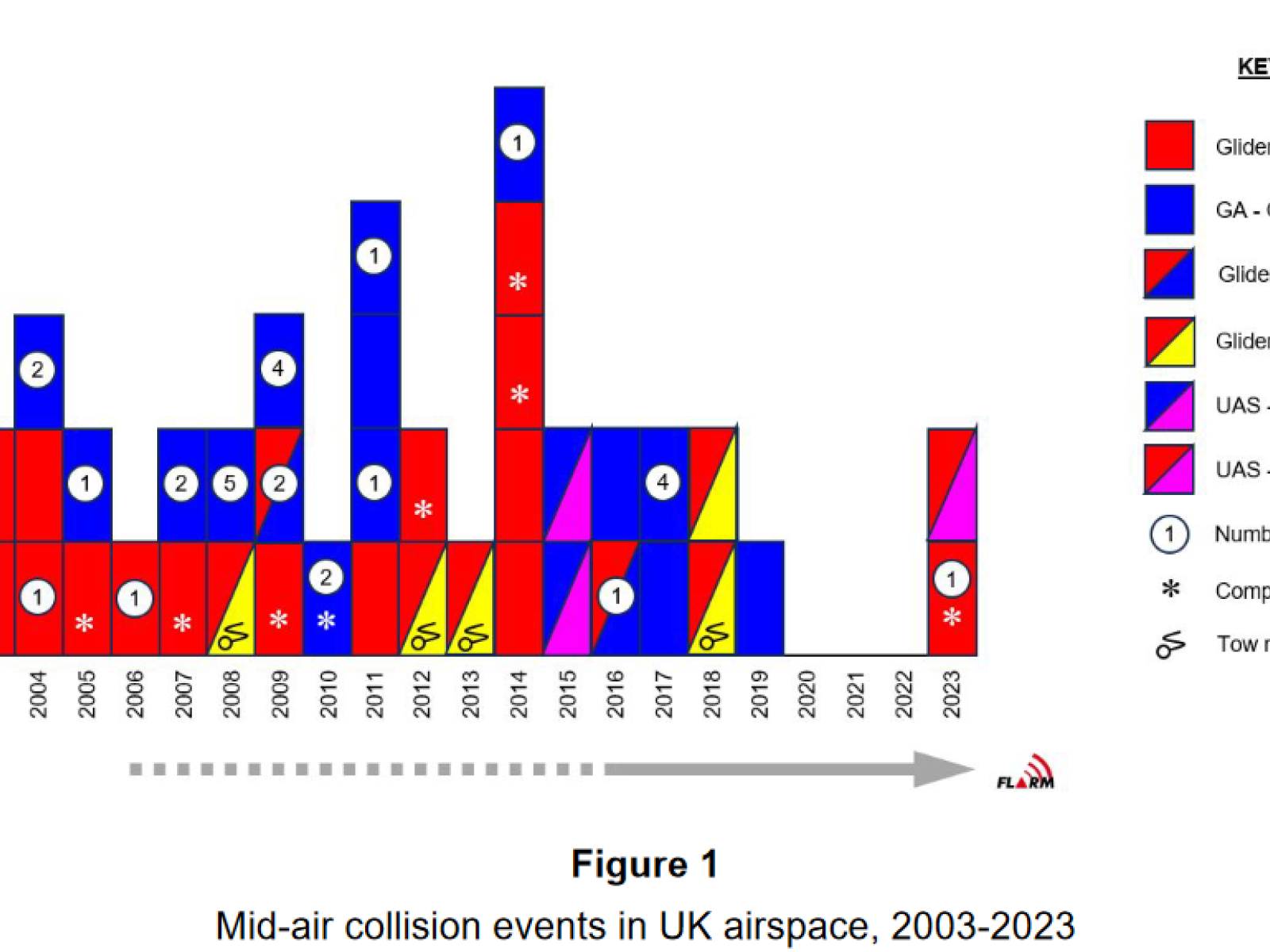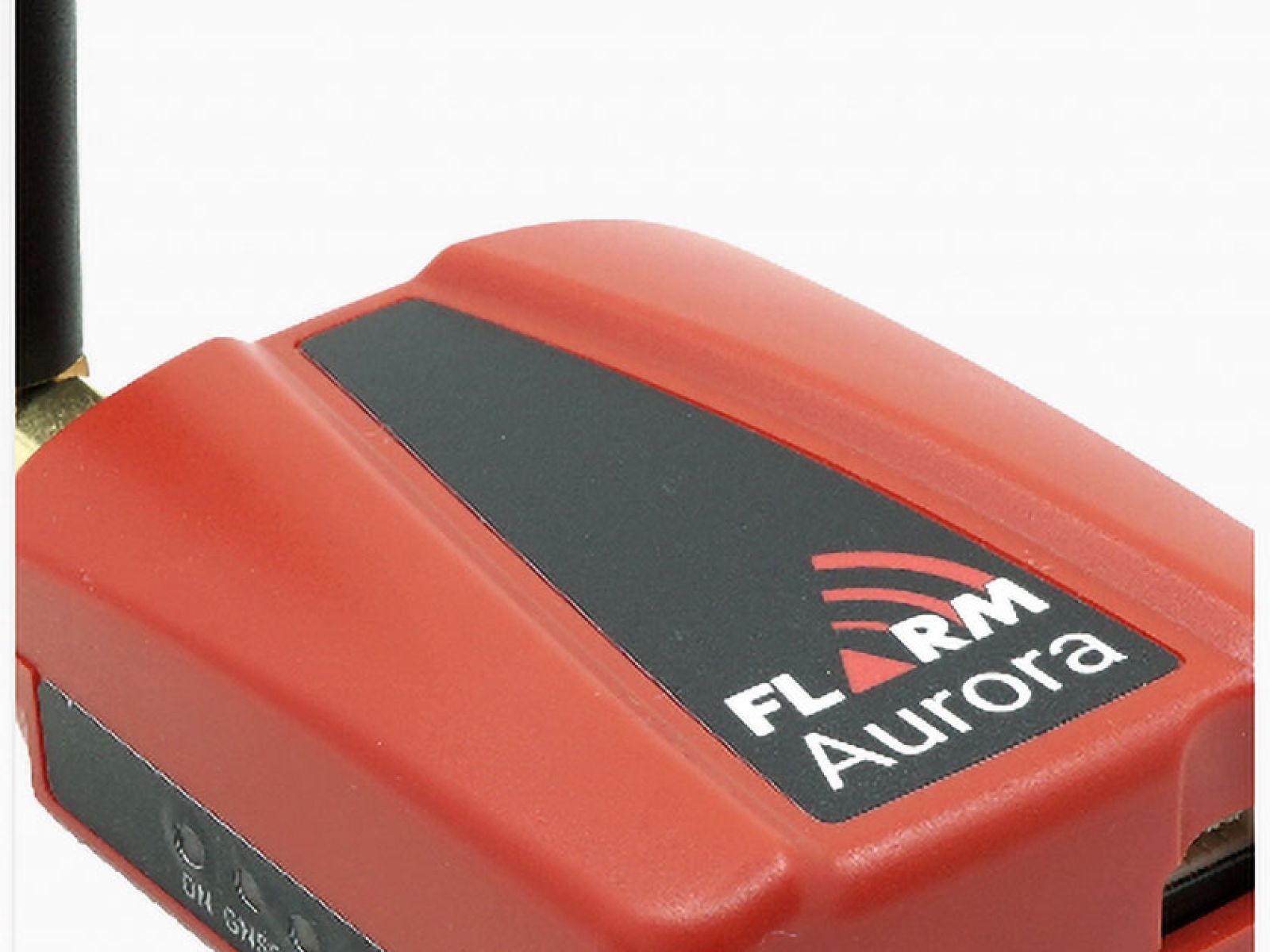Situational Awareness in Aerobatics
To many pilots, aerobatics is the ultimate form of aviation: It requires extensive training; the mental and physical stress is enormous, but so is the satisfaction when a figure worked out, not just ok, but perfectly precise and by the book!
Collisions with other aircraft are usually prevented by making sure there are no other aircraft around before starting with the aerobatics program. While easy enough in a competition (think aerobatics box), it is more challenging for training. For instance, a visiting pilot may not be aware of the aerobatics activity. The aerobatics pilot also has a high workload due to the demanding piloting and the physical stress. Moreover, due to the quick flight direction changes, little time remains to scan the airspace properly. Hence, proper see-and-avoid is extraordinarily demanding.
How do professional aerobatics pilots deal with this situation?
Meet Ernesto Maurer of the Fliegermuseum Altenrhein (FMA). Ernesto has logged hundreds of hours on the Pilatus P-3 and PC-7 military trainers and routinely flies aerobatics programs at air shows or with passengers. He is also responsible for maintaining and updating the avionics in these airplanes. To improve situational awareness, FMA has equipped its aircraft with PowerFLARM Fusion.
Watch Ernesto talk about it:
Even if you are not into aerobatics, consider this: The next situation where time is short and workload high might be just around the corner. If you equip your aircraft with PowerFlarm, you have one thing less to worry about: Being surprised by another aircraft on a dangerous course! Peace of mind is attainable in this case.


